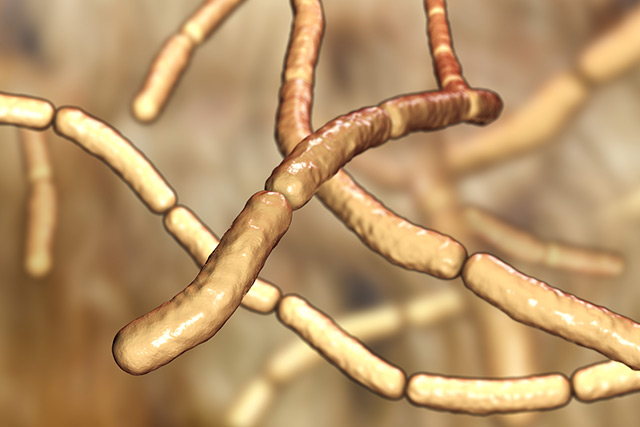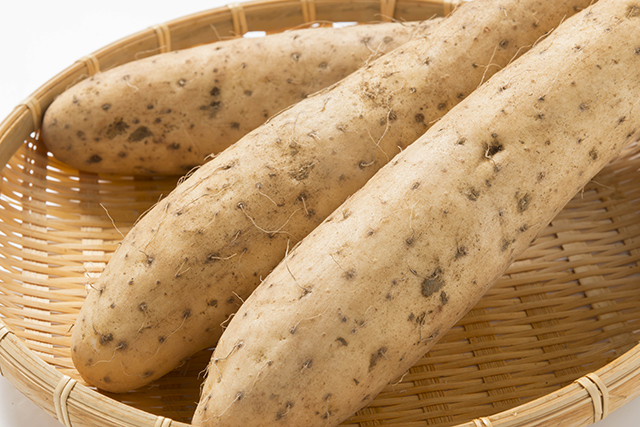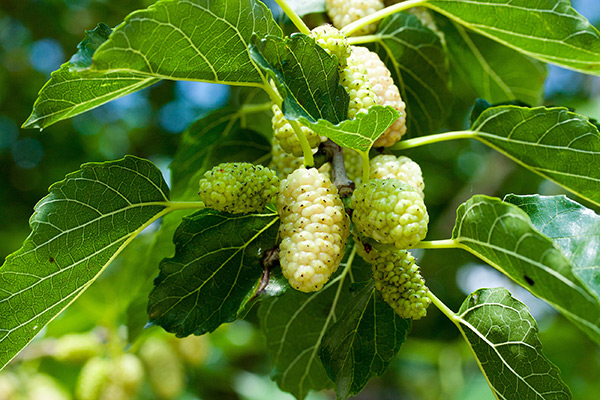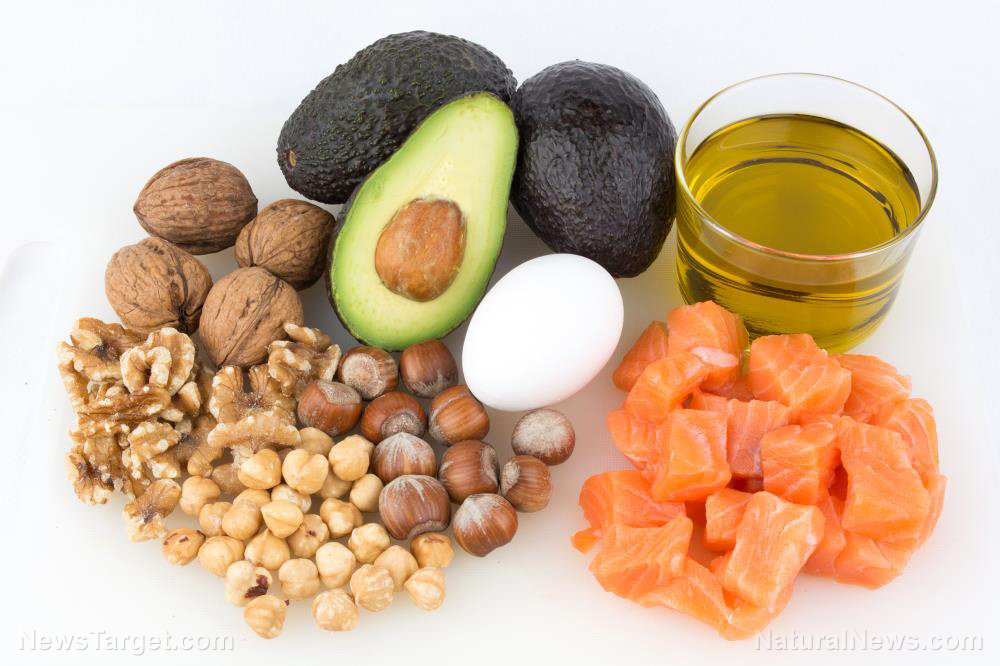They’re all in this together: Study discovers that microbe communities can work together to acquire nutrients
06/09/2020 / By Michael Alexander

There is a method to the madness – or at least there is for the microbes who adopted a cooperative, communal approach when it comes to securing nourishment from their environment.
This is according to a new study from the University of Exeter, in which researchers looked for possible factors that could have influenced certain microorganisms to spurn a “survival of the fittest” mentality in favor of a more communal feeding strategy.
In the study, which was published in the journal Nature Ecology & Evolution, the team accomplished this by creating and then observing a microbial community using Saccharomyces cerevisiae – a fungus more commonly known as brewer’s yeast.
“We were puzzled by the diversity of microbial feeding strategies observed in nature and created a synthetic microbial community to probe this further,” Ivana Gudelj, a professor of evolutionary systems biology at the Living Systems Institute at Exeter, said.
Grouping microbes based on how well they break down nutrients
In addition to investigating the microbes in their natural form and environment, the team also ran a series of sophisticated mathematical models, as well as pursued synthetic ecological experiments, to probe the microbes further. They were able to categorize three strains of microorganisms based on how they metabolized nutrients.
Public-metabolizers, the researchers said, release compounds and metabolic products into their environment to facilitate the breakdown and subsequent absorption of the organisms’ required nutrients. This is in contrast to private-metabolizers, which internalize resources before digestion, as well as the cheats, which avoid the metabolic costs of digestion but exploit external products generated by their competitors. (Related: Scientists discover a soil bacteria that can protect against stress.)
The first method, public metabolization, appeared to be “flawed” when compared to the others. This, the researchers said, is because the process opens itself to several problems. This includes nutrient wastage, in which some nutrients are lost into the environment and “looting” in which other microbes – such as the private-metabolizers and cheats – proceed to take the pre-processed nutrients for themselves despite not sharing in the first group’s workload.
The team found that while strategies that break down nutrients either internally or externally both exhibit their own selective benefits when observed in isolation, the same cannot be said for communities that contain a mixture of microbes that each employ different feeding strategies.
According to the Exeter research team, microbes that break down nutrients internally, would often “take over” an otherwise stable population, that is, by out-competing their neighbors.
However, the study also noted that this “selfish strategy,” as the researchers called it, would often become unsustainable once the public-metabolizers had been out-competed. This, the researchers said, eventually led the entire population to decline.
“Although private metabolism in such ephemeral environments can provide a competitive edge over cooperative public metabolism, it can ultimately lead to population decline and increasing its vulnerability to extinction,” the researchers said.
This is in stark contrast to the cooperative method, which the researchers said strengthens whole populations, unlike singular individuals who would selfishly keep resources for themselves.
“Through our interdisciplinary approach, we found that digesting resources externally is favored in fluctuating and rapidly changing environments or in non-diverse communities where they cannot be exploited,” Richard Lindsay, the study’s co-author and a research fellow at Exeter’s College of Life and Environmental Sciences said.
Sources include:
Tagged Under: Brewer's yeast, Ecology, environment, feeding strategies, microorganisms, nature, research, yeast
RECENT NEWS & ARTICLES
COPYRIGHT © 2017 RESEARCH NEWS



















